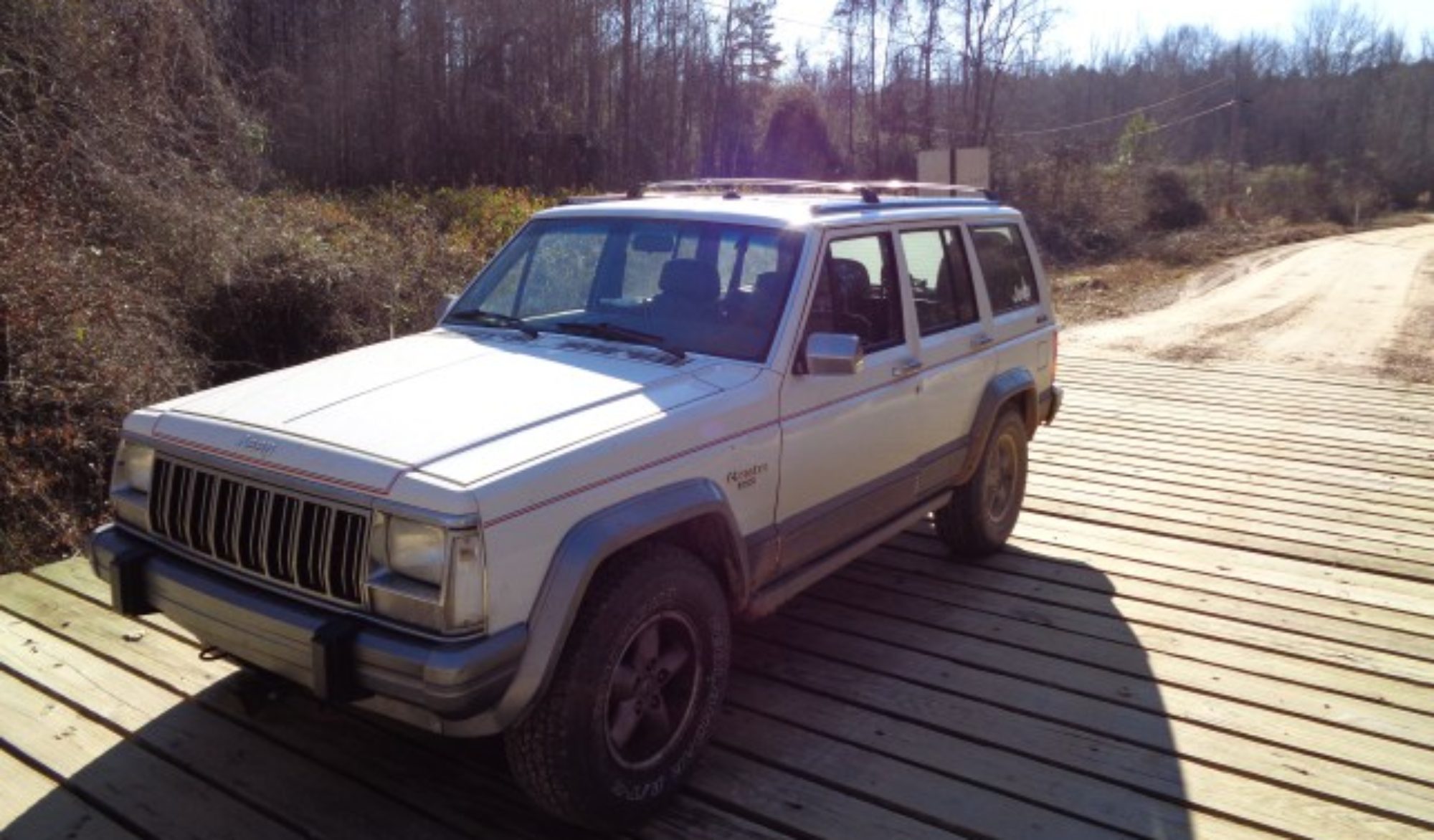Books about dogs
I read Cesar Millan’s Be the Pack Leader with great interest. My dog and I have a special bond and always want to learn more about dog psychology. This book helped me understand more about Smash’s need to have a strong leader. It also helped me understand Smash’s desire to be first on the trail when we are hiking and how he needs to have a purpose in life to feel fulfilled.
Before I read Cesar’s book, I never realized the inbred need to have a purpose that dogs have. I know I must have a definite purpose in order to feel good about my self, but I never thought about Smash needing one. I thought he was content just to lie around and eat between walks to the creek.
I began helping Smash to find his definite purpose. I noticed that he is very loving and affectionate with me, my friends and family. He strikes and aggressive pose toward strangers however. I realized that he has a natural tendency toward being a guard dog. I now tell him every night as I go to bed that he is to be on guard dog duty. He seems to really like having a job. I can also tell him as I leave the house to be a good guard dog and he instantly wags his tails and prances around proudly. If I neglect to tell him to be on guard dog duties, he will whine and try to go jump in the truck with me.
I have also found that if he barks at night, he will only get louder if I try to ignore him. If I go outside and compliment him on his good guard dog barking, He will prance around proudly before settling down with very little more barking.
I think Smash is a pretty well-adjusted dog. He seems happy living he rural life where he is free to run and explore. But he really does seem to like having a job. I would not have thought of that if I had not read Cesar’s book.
Recently I read Jack London’s Call of the Wild. I was sure I had read it before but if I had I am sure I would have remembered that the story is written from the dog’s point of view. The story is told by Buck the St Barnard German Shepard mix that is stolen from his comfy home and is sold to be a sled dog in Alaska. Buck’s travels, trial and tribulations are the story up until the point where he heeds the call of the wild and joins and eventually becomes the leader of a wolf pack.
In reading Call of the Wild, I began to wonder if Cesar got some of his ideas about dog behavior from this classic novel. In the story, Buck and the other sled dogs have a strong sense of duty. In some cases the dogs preferred to die in the sled traces rather than running free because they had such a strong sense of duty to their jobs.
The pecking order of dogs is explained from the dog’s point of view as well. Each dog had its place it the sled traces or in the wolf pack. If a dog stepped out of line or exceeded his boundaries, he was punished by the other dogs. If he needs helped, he as aided by the other dogs; but only if he had earned the help.
Bucks struggles to earn his leadership position are clearly document in the book. Buck earns the lead dog spot in a violent struggle and refuses to accept any other position once he earned it in the way of the dogs.
Another book by London – White Fang – documents more clearly the life of the wolf or the wild dog. While it never says so explicitly, the reader is lead to assume that the wolf in the story if a direct descendant of Buck. The struggles of her cub to learn the hard facts of life are the subject of the book. However, again London gives details of the way that the order if kept in the wolf pack and how each member has to earn his own place in the pack.
Reading these books has helped me learn more about Smash and how to relate to him. It has also helped me learn more about myself and how I can better elate to others around me. Cesar used the term “calmly assertive” when describing how to relate to a dog. I think this is a good way to approach many situations in life.
The metaphysicians teach us to form an image of our desired outcome in our minds before taking action. Being calmly assertive requires this image. By knowing what outcome you want and being assertive enough to make it happen cause many more positive outcomes than simply waiting for something good to happen. This way of thinking allows a person to take control of many situations that otherwise appear to be out of control.
In White Fang, London talks about how the wolf cub lives in the moment. He eats when there is meat and he goes hungry and goes hunting when there is no food. He does not stop to complain or worry, he just goes hunting.
I think we can learn a lot from dogs. The two most import lessons I see from these books is to live in the moment and have a definite purpose in life.

